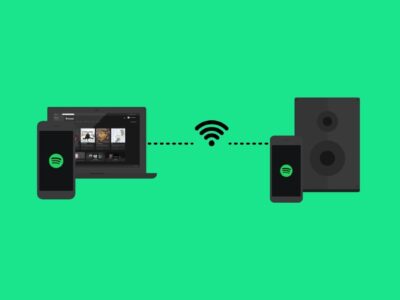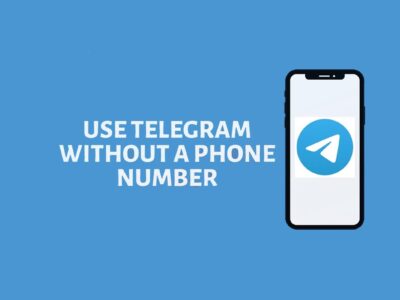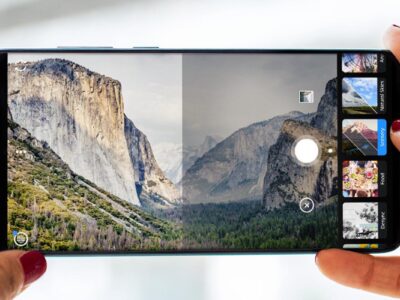Advantages and Disadvantages Wireless Charging
The smartphone runs fast battery causing lot of inconvenience to the user. But not always we can also charge the phone battery in the normal way to be. Therefore the introduction of wireless charging has opened a new era.
Let’s find out how wireless charging operation, advantages and disadvantages, as well as whether the methods are actually charging more secure traditional way or not?

Advantages and Disadvantages Wireless Charging
How is the induction charger?
Induction Charger, commonly known as the more common “wireless charging”, works on the same principle as the kitchen from induction: electromagnetic induction or simply touch.
Electromagnetic induction is the result of the creation of electric current through a conductor placed in a magnetic field or a conductor moving through a stationary magnetic field.
Induction charger works like?
Induction Charger includes two primary induction coil. One is placed in the “cradle” and is responsible for creating an alternating current from the inside. The rest lies in the need to charge mobile devices such as smartphones, tablets.
The coil can be in the form of a flat plate attached to the phone, a device embedded inside circuitry, or replace the battery casing cum coil has a charger inside. Together, the two coils constitute a power transformer.
When power to the charging cradle is switched on, an alternating current runs through and create an electromagnetic field (a magnetic field changes) around the primary coil. When a secondary coil (receiving coil is placed in the smartphone) close enough, an electric current is generated in the coil.
The alternating current flowing through the coil in the smart phone will be converted into direct current by the receiver circuit. DC was created in this way will eventually be used to charge the smartphone battery.
Benefits and cons of induction charger
One of the biggest advantages of the wireless induction charging, so users can goodbye to messy tangling wires. Besides, its connections are sealed and protected, so users will see fewer risks with the electrical fault.
The biggest drawback of the induction charging is low efficiency, because a large amount of energy is lost as heat. As a result, the device will take longer than normal to refill the batteries. Furthermore, induction charger certainly more expensive than conventional wired chargers.
Some even feel that the wireless charger inconvenience of having to hold the device in the cradle is fixed while charging. Therefore, they can not use the device while charging. However, difficulties can be overcome, and WiTricity wireless charger is one of them, while helping remote phone charger.
Does the induction chargers are safe?
We tend to fear the coming “wave” and “signal”, and we always said that they are harmful in some way, such as a microwave, Wi-Fi router, and even press both smartphones. However, like most things listed, induction charger absolutely safe.
The electromagnetic field of the induction created charger is not strong enough to harm human. In fact, the charger is even safer than conventional chargers because they are wired, meaning that you are protected from even the smallest chance of suffering an electric shock.
Eminent scientist Nikola Tesla pioneered the idea in the late 1800s and says that energy can be transferred through an electric field between two objects. In fact, he had envisioned the concept of induction charging two centuries before the first device launched. And no exaggeration to say that Tesla is “man invented the 20th century”.






